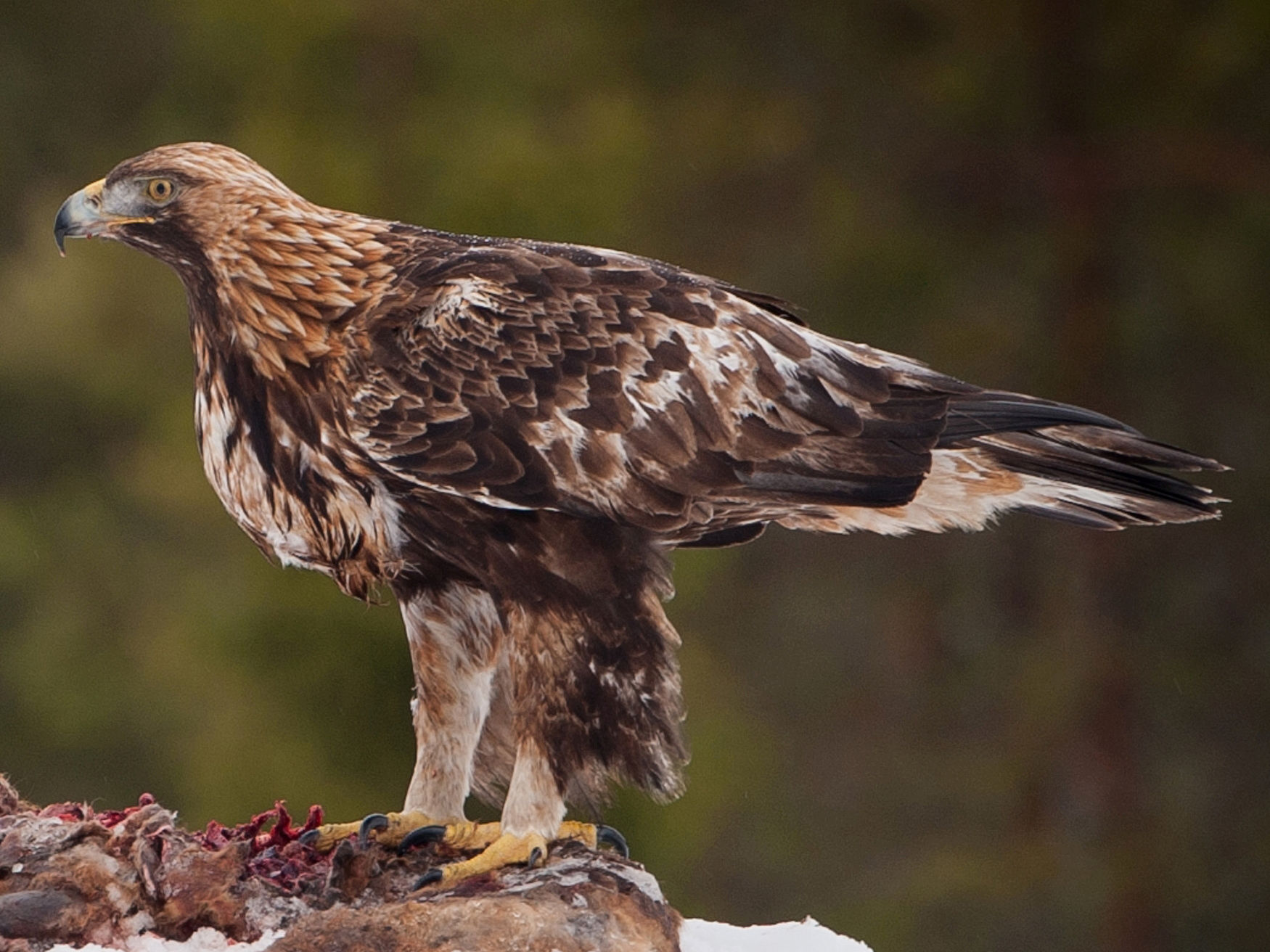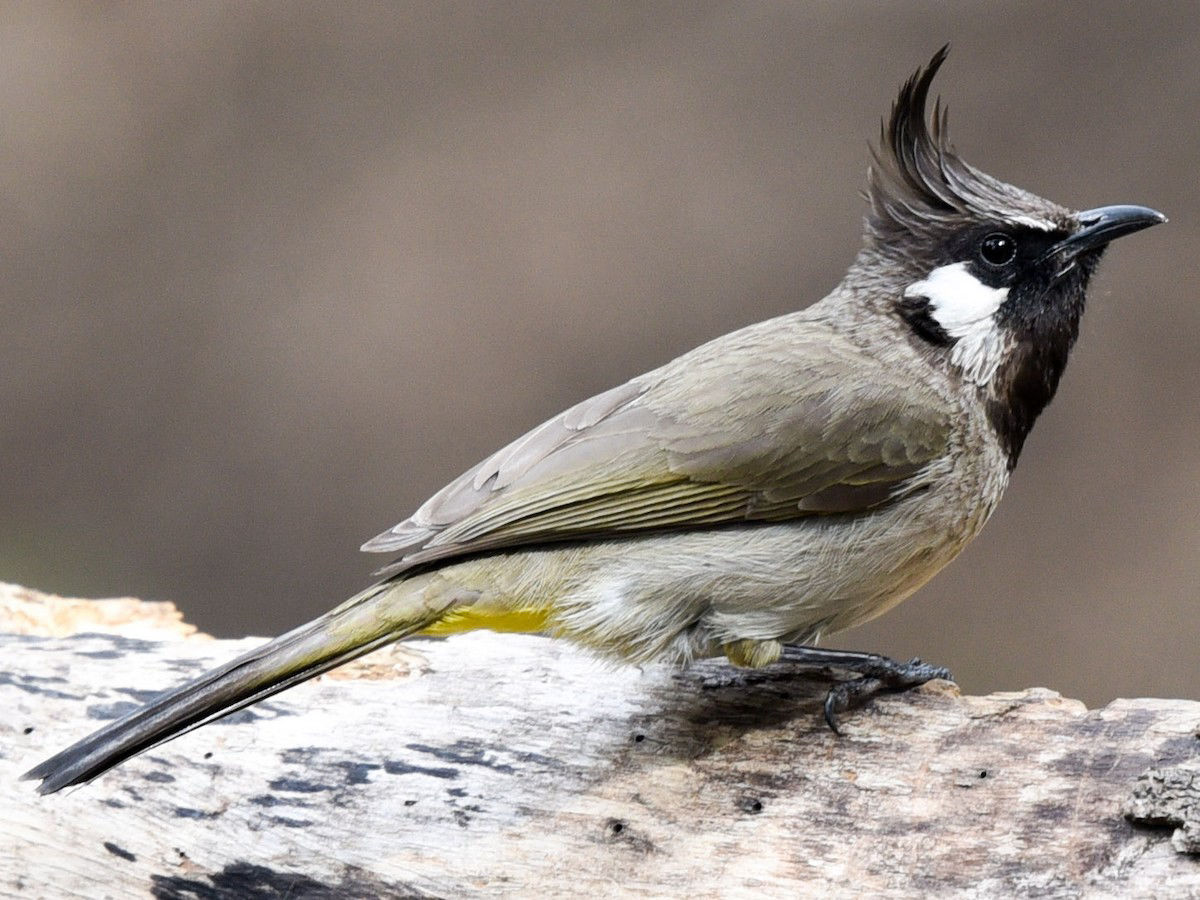So how do you actually start birding?
The answer is simple: Go out there and observe the beauties in their habitat! Gradually, start differentiating between the different birds you see and their individual characteristics. When it comes to birds there are several such factors that help:
The size of the bird: This is a no brainer. To identify the more common birds, size is an easily distinguishable factor. India has birds that range from 5cm to over 6ft in height. However, you’ll soon start seeing birds that are the same size but might seem different.
Color: The next factor is the difference in plumage. Some species are wildly varied when it comes to plumage, some are very much identical. The plumage of a bird is also a key factor into its evolutionary journey. If a bird is brightly colored, you can be certain the bird in question is a male.
Call: Calls are sometimes the earliest indications of birds in the area. It’s always a joy to hear the songs of birds in the morning and evening. But have you ever wondered why birds call? There are several reasons: To assert territory, to alert other birds of predators in the area, to search for a mate, or even just to have a casual conversation (known as social calls). It takes a bit of practice but with time you can learn to distinguish each call from each bird.
Behavior: If all these haven’t helped you so far, the bird’s behavior might be a good indicator as to which species it is. Is it flying around bushes quickly? Or does it glide in the sky? Does it sit in one place for a long time? Is it fighting other birds away constantly? These sort of behavioral traits are unique to every bird, again.
For instance, the Drongo family of birds is popular for their imitation calls: Some drongos can imitate nearly 30 other species of birds and even other beings like cats or a machine!
Our
resort in Palampur is a pristine home for avifauna and indeed other small forms of life. The perfect place to begin your birdwatching odyssey.


